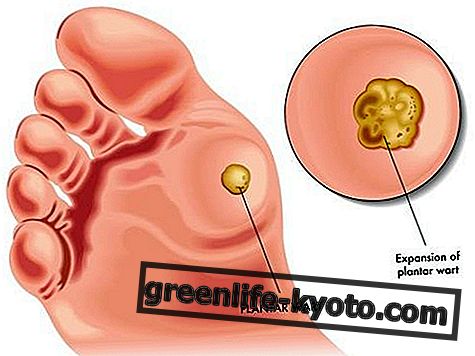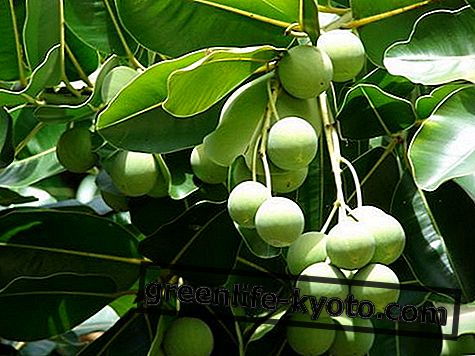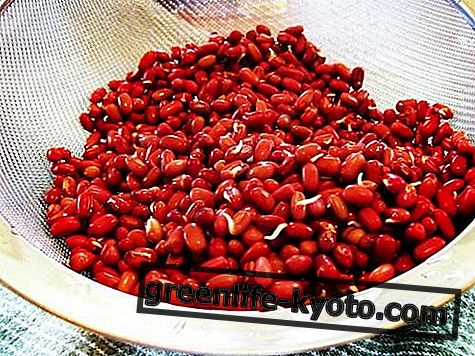
The daikon, this white root of Chinese origin that we find more and more frequently in our supermarkets, is slowly entering our recipe books, but its properties have been known since time immemorial, especially the purifying ones.
A good combination of vitamin C with those of group B make it an anti-inflammatory and sedative food ; moreover it is an excellent source of many elements, among which we mention potassium, calcium, iron, copper and sulfur.
It is a vegetable rich in dietary fiber, of great help in cleaning intestinal tracts, and it is low in fat .
The main purifying effects we can see on the skin and on the liver : in the first case by applying slices of daikon on the parts of the affected epidermis, in the second by drinking the juice daily.
Description of the daikon
The daikon is an underground vegetable, of which the most developed part is mainly consumed, namely the root, which, unlike the other radish varieties, has a less intense and not at all spicy flavor (so much so as to be sometimes called "white carrot"). ).
It is the largest member of the radish cultivar, usually around 20-25 centimeters, although some types like the Sakurajima can easily reach 50 centimeters.
It has relatively small leaves, also edible like those of other members of the Brassicaceae family.
Grow daikon
Daikon is a plant that is not at all difficult to grow. Like all underground vegetables, which must develop the underground part of the plant, the daikon requires as soft and well-worked soil as possible .
The ideal would be to have a raised surface, to keep well moist after the sowing that takes place in the months between April and September : the seeds can be deposited in place in not too deep furrows and distant from each other not less than twenty centimeters .
After germination, you can proceed by thinning out any plants that are too close together, choosing to keep the strongest and healthiest.
Nowadays it is always easier to find daikon seeds of biological origin, perhaps by having them sent via the internet. In the absence of a real vegetable garden, it is possible to grow some daikon even in pots.
Cooking the daikon
In Italy the daikon is used both cooked in soups and stews, and raw in salads and side dishes .
In kitchens of origin, such as the Japanese, daikon is also used dried or as a condiment if left to soak with lemon and soy sauce ; its leaves are sometimes stewed, while daikon sprouts are perfect for salads.
In China we find fried daikon among endless spice mixes, or used as a filling for roulades and other dishes similar to those we would call savory pies in Italy.
In Korea the harder varieties of daikon are preferred to be boiled in soups and soups. In Indonesia it is chopped together with the carrot, which counterbalances its spiciness, to garnish the local squares.
In countries like Pakistan or Bangladesh it is common to find dishes based on daikon leaves, used as cabbage leaves along with chilli and various masala. It is therefore a very versatile vegetable, from which also a juice is not bad to add to those of fruit and vegetables.
Curiosity...
The daikon is therefore a food supplement among the most effective for safeguarding health and the proper functioning and purification of the intestine and liver, but it is impossible to exempt oneself from mentioning only a few other functions that it performs on the human organism: there are numerous studies on the positive action of taking daikon pulp in cases of diabetes mellitus.
Its ability to fight anemia is recognized; it is successfully used in case of weakness, general malaise, asthenia; turns out to be an ideal remedy for all cases of inflammation ; to finish, it also has antioxidant, hepatoprotective, anti-asthmatic, protective skin, antiviral and antimicrobial qualities.













